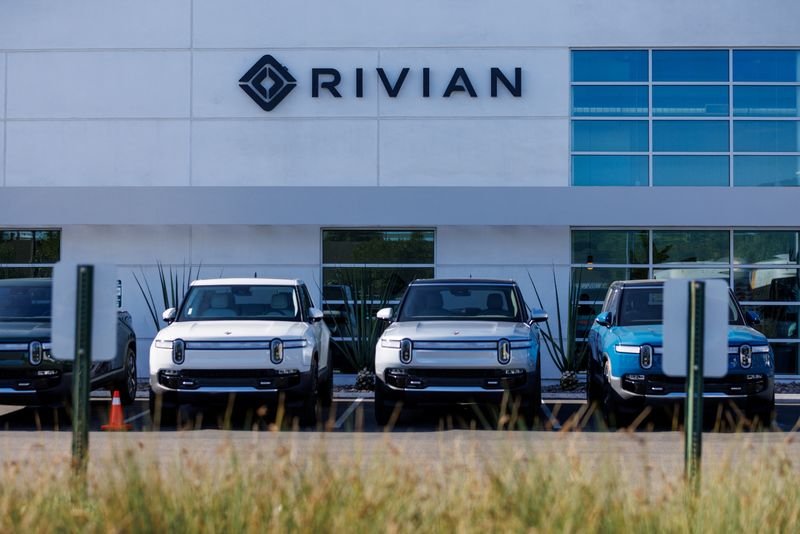Decline in Rivian Deliveries Amid Tariff Challenges
Rivian, an electric vehicle manufacturer, has recently encountered significant challenges in its delivery numbers. The impact of tariffs is creating substantial obstacles, causing a notable drop in consumer demand for their vehicles.
Understanding Rivian’s Position
Rivian has positioned itself as a leader in the electric truck and SUV market, projecting innovative features and sustainable technology. However, the recent imposition of tariffs on imported materials has led to increased production costs. This escalation may require adjustments in the pricing strategy, potentially deterring potential buyers.
Market Challenges
The electric vehicle industry is experiencing rapid growth, but it comes with its own set of challenges. Rivian is facing fierce competition from established automakers who are expanding their electric offerings. As a result, maintaining a competitive edge is crucial. The increase in costs due to tariffs not only affects margins but also places pressure on Rivian’s ability to offer attractive pricing to consumers.
The Impact of Tariffs on Production Costs
Tariffs significantly influence the cost structure of manufacturers. For Rivian, the tariffs applied to imported components have led to an uptick in overall production expenses. This scenario forces the company to consider acknowledging these increased costs in their pricing models, possibly leading to higher retail prices for consumers. Such a move could result in diminished demand as consumers look for more cost-effective alternatives.
Consumer Demand Trends
While Rivian has attracted a dedicated customer base eager to purchase electric vehicles, recent data shows a drop in consumer interest, largely influenced by the rising prices. This shift in demand highlights the importance of maintaining competitive pricing in a market that thrives on innovation and affordability. If Rivian cannot effectively navigate these challenges, it risks losing market share to competitors who can offer more favorable pricing structures.
Rivian’s Strategic Moves
In response to these market dynamics, Rivian is exploring various strategic adjustments. This may include refining its supply chain processes to reduce dependency on imported materials or seeking new partnerships to mitigate the impact of tariffs. By enhancing operational efficiency, Rivian hopes to stabilize costs and continue delivering its electric vehicles to prospective buyers.
Future Outlook for Rivian
The outlook for Rivian hinges on several factors, including its ability to adapt to the changing economic landscape. Focusing on cost management and exploring alternative sourcing solutions will be crucial. Additionally, the company must keep abreast of consumer preferences, which are continuously evolving, to remain relevant in the competitive electric vehicle market.
Conclusion
Rivian’s current delivery challenges underscore the impact of tariffs on the electric vehicle market. As the company navigates these obstacles, its focus on strategic adjustments will play an essential role in mitigating the negative effects on consumer demand. By staying responsive to market changes, Rivian aims to maintain its position in the ever-evolving landscape of electric transportation.
